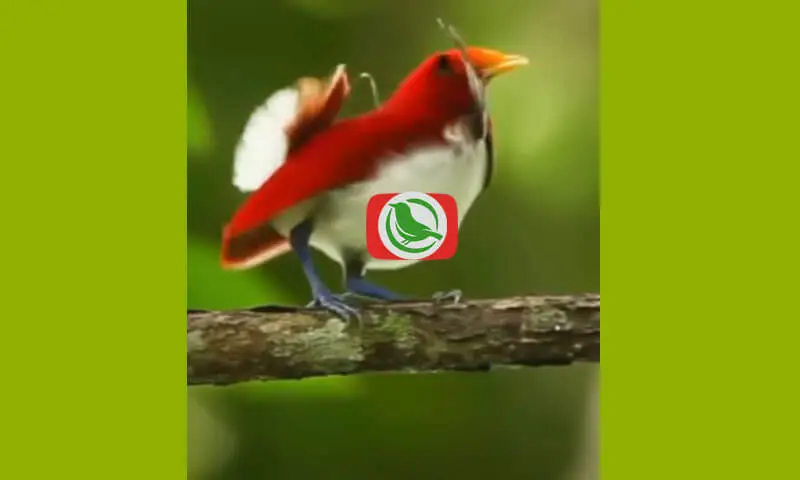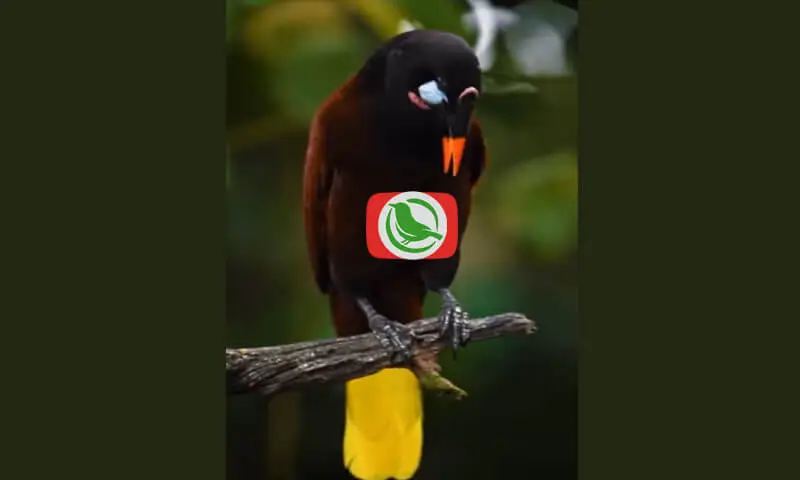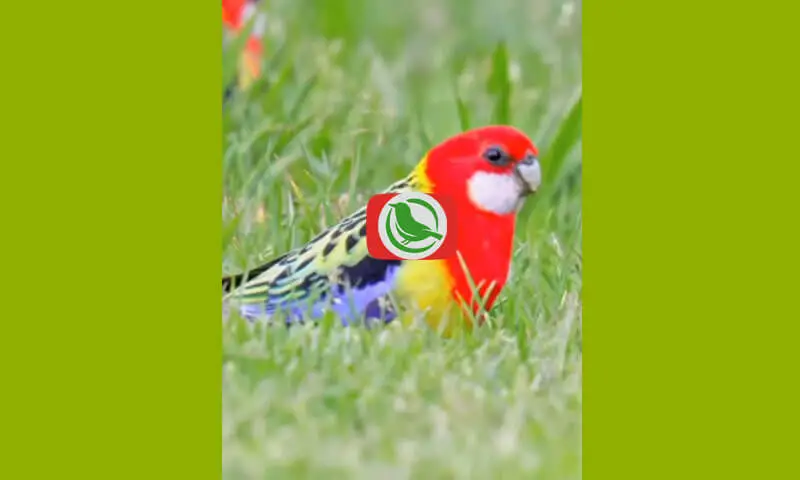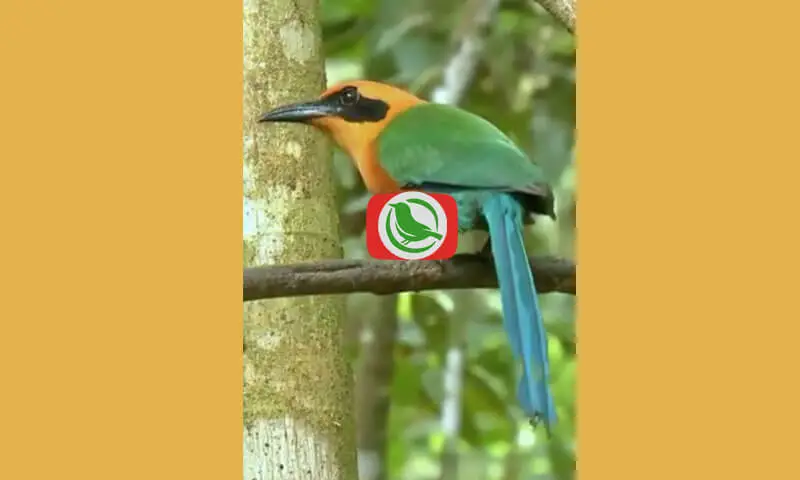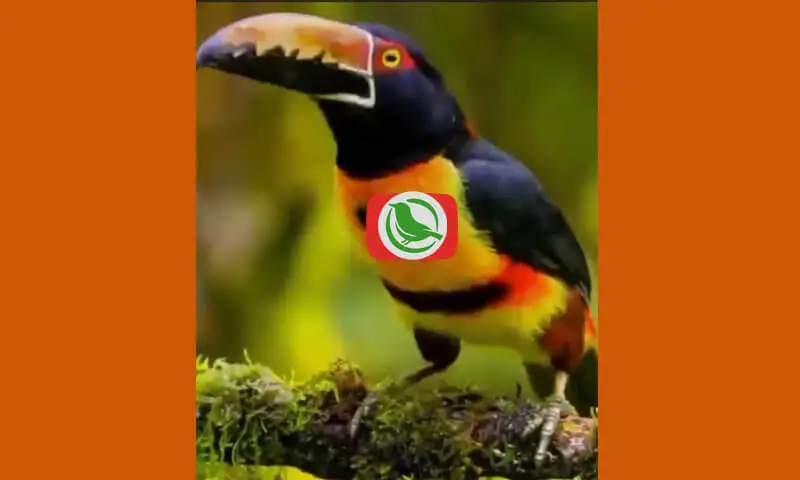The Paradise Bird (Cicinnurus regius) is an endemic bird species renowned for its beauty and unique appearance. This bird is a source of pride for Indonesia, particularly in Papua. In this article, we will review the various characteristics of the Paradise Bird that make it so special.
Stunning Appearance
The Paradise Bird boasts striking plumage, featuring a vibrant combination of bright green, blue, and red colors. Adult males typically have a beautifully curved long tail and more conspicuous feathers compared to females. This combination of bright colors makes the Paradise Bird look absolutely enchanting in its natural habitat.
Small Body Size
The Paradise Bird belongs to the small bird group, measuring about 15-20 cm in length. Despite its small size, its agile movements make it harder for predators to spot. Its petite size also allows it to hide among dense foliage.
Captivating Vocalizations
In addition to its stunning appearance, the Paradise Bird is also known for its melodious calls. The loud and beautiful songs are used for communication among birds and to attract mates. The vocalizations of the Paradise Bird are a significant attraction for birdwatchers.
Habitat and Distribution of the Paradise Bird
The Paradise Bird can be found in the dense tropical forests of Papua, Indonesia. They tend to choose areas far from human activity and prefer to reside in high places with large trees that provide shelter and ample food. Dispersed in somewhat remote mountainous regions, this bird is not easily found, making it highly exclusive.
1. Humid Tropical Forests
The Paradise Bird selects habitats in humid tropical forests with a stable climate year-round. Warm temperatures and high humidity greatly support the survival of this bird. They usually reside in tall trees, which serve as natural protection.
2. Protection from Human Disturbance
Since the Paradise Bird lives in somewhat isolated areas, they are rarely exposed to disruptive human activities. However, recently, deforestation and the destruction of their natural habitat have become serious threats to the survival of this species.
Diet of the Paradise Bird
The Paradise Bird’s diet heavily relies on the natural resources around them. Fruits, seeds, and insects are their primary foods. They also enjoy consuming flower nectar, which helps provide additional energy. This varied diet enables them to survive in a challenging habitat.
1. Insect and Seed Diet
The Paradise Bird is often seen eating small insects such as crickets, butterflies, and various types of flying insects. Seeds are also an important part of their diet, providing the necessary nutrients for growth and survival.
2. Consumption of Flower Nectar
In addition to insects and seeds, the Paradise Bird heavily relies on flower nectar for sufficient energy. They utilize their long, slender beaks to extract nectar from tropical flowers found in the forest.
Threats to the Survival of the Paradise Bird
Unfortunately, the Paradise Bird is classified as an endangered species. Human activities such as deforestation and hunting pose the greatest threats to their existence. The loss of their natural habitat makes it difficult for these birds to breed and find food.
1. Habitat Destruction
Habitat loss is the primary cause of the decline in the Paradise Bird population. Deforestation for industrial and agricultural purposes destroys the ecosystem essential for their survival. Without safe shelter, they are forced to move to more remote areas, further limiting their range.
2. Hunting and Capturing
Although the Paradise Bird is a protected species, illegal hunting and capturing for trade still occur. Stricter protections are needed to prevent poaching.
Conservation Efforts to Preserve the Paradise Bird
To ensure the conservation of the Paradise Bird, many efforts are being made by the government and conservation organizations. Management of national parks, population monitoring, and educating the public about the importance of biodiversity are steps that can help preserve this bird.
1. Establishment of National Parks
The establishment of national parks in the Paradise Bird’s natural habitat is a vital step in their conservation efforts. In national parks, these birds can live and breed without the disturbance of human activities.
2. Enforcement of Laws and Public Education
Additionally, enforcement of laws against poaching and bird trading needs to be tightened. Educating local communities about the importance of preserving the Paradise Bird is also essential so they can actively participate in conservation efforts.
By understanding the characteristics and significance of the Paradise Bird, we can better appreciate and strive to preserve it. Protecting their natural habitat and understanding their needs are key to ensuring their survival in the future.
